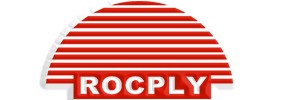What is CDX Plywood?
CDX plywood, a staple in the construction industry, stands out for its resilience and adaptability. This engineered wood product is made by bonding together layers of wood veneer, with the letters “C” and “D” referring to the quality of the wood surfaces on either side. And “X” indicating its exposure capability. Ideally suited for exterior and interior applications, CDX plywood is a go-to material for subfloors, roofing, and wall sheathing, offering an exceptional balance of durability and cost-effectiveness.
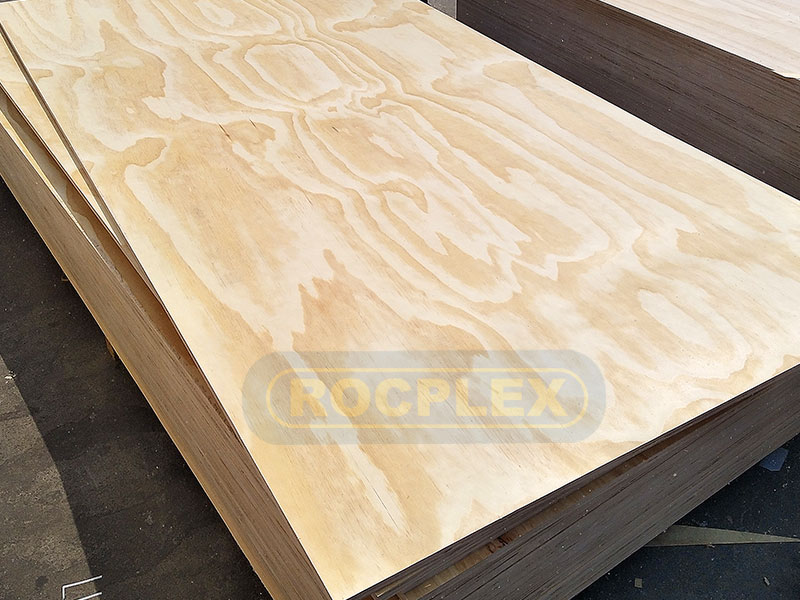
CDX Plywood Versatility and Applications
CDX Plywood in Construction and DIY Projects
CDX plywood’s versatility is its hallmark. In the construction sector, it’s valued for its strength and ease of use in framing, roofing, and flooring. The plywood’s ability to withstand exposure to moisture during construction projects makes it an indispensable material. Additionally, its affordability and ease of manipulation make it a favorite among DIY enthusiasts for furniture, cabinetry, and various home improvement projects.
Comparing CDX to Other Plywood Types
When placed alongside alternatives like pine plywood and non-structural plywood, CDX stands out for its robustness. While pine plywood offers aesthetic appeal and lighter weight, CDX’s superior moisture resistance and strength make it a more practical choice for demanding environments. Unlike non-structural plywood, CDX can bear significant loads, making it ideal for structural applications.
CDX Plywood Sustainability and Environmental Impact
Eco-friendly Aspects of CDX Plywood
Sustainability is a critical factor in modern construction materials. CDX plywood, often sourced from responsibly managed forests, contributes to eco-friendly building practices. Its long lifespan and reusability further enhance its environmental appeal, reducing the need for frequent replacements and minimizing waste.
The Manufacturing Process and Its Impact
The production of CDX plywood involves adhering thin layers of wood veneer under high pressure and heat, using adhesives that are continually evolving to be more environmentally friendly. This process maximizes the use of wood, a renewable resource, and often incorporates wood scraps and smaller trees that might otherwise go unused.
CDX Plywood Durability and Performance
Weather Resistance and Longevity
One of the standout features of CDX plywood is its resistance to different weather conditions. The “X” rating indicates its ability to withstand temporary exposure to moisture, a crucial attribute in construction. This makes CDX plywood a reliable choice for projects where weather resistance is key, although it’s important to note that prolonged exposure to water can still cause damage.
Strength and Load-Bearing Capacity
The layered structure of CDX plywood distributes weight evenly, granting it a high load-bearing capacity. This makes it an excellent choice for flooring and roofing, where it can support significant weight without warping or bending. Its structural integrity is further enhanced by the cross-grain pattern in its veneers, which reduces the likelihood of splitting when nailed at the edges.
The Role of Adhesives in CDX Plywood
Adhesives play a vital role in the strength and durability of CDX plywood. Modern adhesives are designed to be strong and moisture-resistant, contributing to the plywood’s overall performance. These adhesives also help in maintaining the plywood’s shape and size under varying environmental conditions, ensuring stability and longevity.
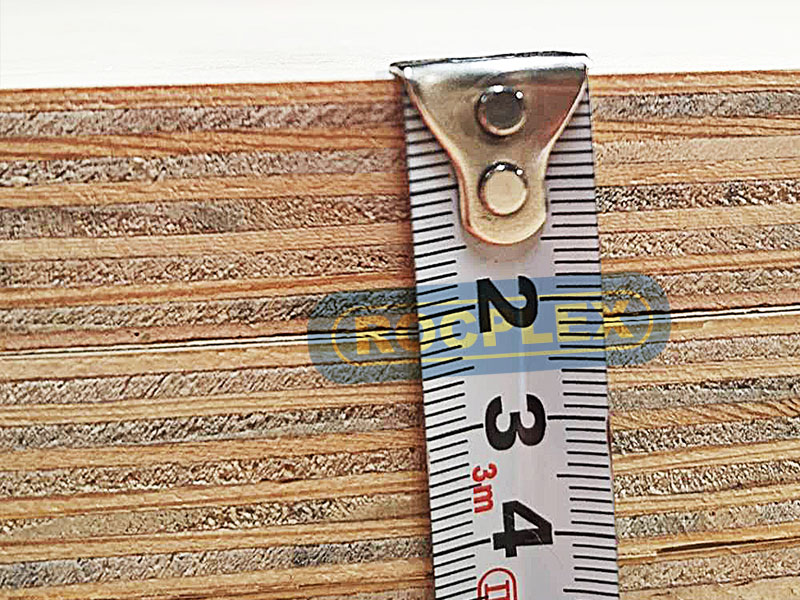
Aesthetic and Practical Considerations
Surface Quality and Finishing Options
The “C” and “D” grades in CDX plywood refer to the quality of the surfaces. The “C” side is typically used where appearance is more critical, while the “D” side is less refined, making it suitable for applications where looks are not a primary concern. CDX plywood can be painted or stained, offering flexibility in terms of finishing to match different design aesthetics.
Ease of Use and Customization
CDX plywood is easy to cut, shape, and install, making it a favored material among contractors and DIY enthusiasts. Its ability to be customized for various applications, from simple cuts for shelving to more intricate shapes for custom furniture, adds to its widespread appeal.
Cost-Effectiveness and Market Availability
When it comes to cost, CDX plywood offers an excellent balance between quality and affordability. It is widely available in various thicknesses and sizes, making it a convenient and economical choice for a range of projects.
Innovations and Advancements in CDX Plywood Technology
Emerging Trends in Plywood Manufacturing
The plywood industry, including the production of CDX plywood, is witnessing significant advancements. Innovations in adhesives and manufacturing processes are making CDX plywood even more durable and environmentally friendly. Advances in veneer cutting technology are also improving the efficiency and quality of plywood, ensuring a more consistent and reliable product.
The Role of Technology in Quality Control
Technological advancements play a crucial role in enhancing the quality of CDX plywood. State-of-the-art machinery and quality control systems ensure uniform thickness, optimal moisture content, and superior bonding, leading to a more structurally sound and reliable product. This focus on quality control is critical in maintaining the trust of builders and contractors in CDX plywood as a primary building material.
Comparative Analysis: CDX Plywood vs. Other Materials
CDX Plywood and OSB: A Comparative Study
Oriented Strand Board (OSB) is another popular construction material often compared with CDX plywood. While OSB is known for its cost-effectiveness and strength, non-structural plywood generally offers better moisture resistance and holds nails and screws more effectively, reducing the likelihood of splitting. This makes CDX a more suitable choice in applications where these characteristics are crucial.
CD Plywood and Non-Structural Plywood: Understanding the Differences
CD plywood, a close relative of CDX, shares many of its properties but typically lacks the moisture-resistant “X” factor. This makes it more suitable for interior applications. Non-structural plywood, on the other hand, is ideal for decorative purposes or light-duty applications, where the strength and durability of CDX are not required.
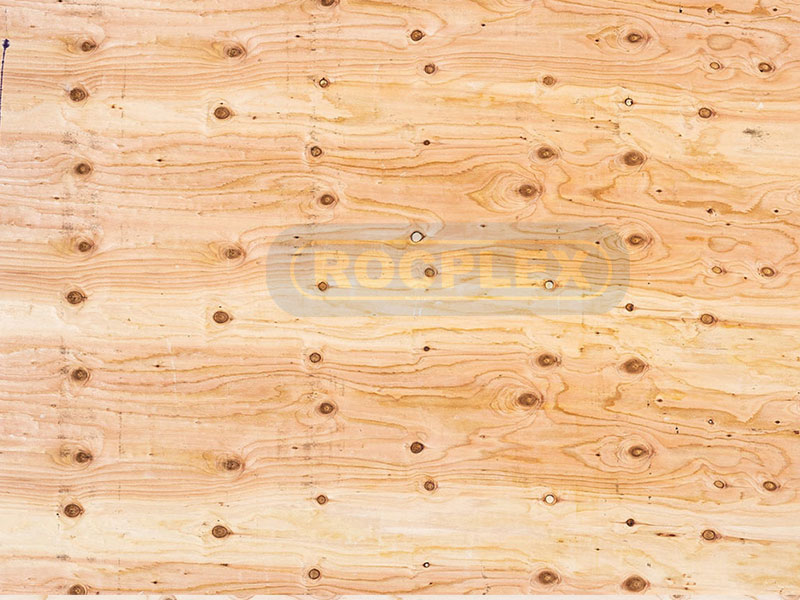
Health, Safety, and Environmental Regulations
Adherence to Safety Standards
The manufacturing of CDX plywood adheres to strict health and safety standards. Regulations regarding the emission of formaldehyde and other volatile organic compounds (VOCs) are closely followed to ensure a safe product for both consumers and the environment. This adherence to safety standards is crucial in building confidence among users and promoting sustainable practices.
Environmental Certifications and Sustainability
Many manufacturers of CDX plywood are now seeking environmental certifications, such as the Forest Stewardship Council (FSC) or Sustainable Forestry Initiative (SFI), to demonstrate their commitment to sustainable forestry practices. These certifications ensure that the wood used in non structural plywood comes from responsibly managed forests, contributing to the conservation of natural resources.
Cost Analysis and Market Trends
Economic Factors Influencing CDX Plywood Pricing
The cost of pine plywood is influenced by various factors, including raw material availability, manufacturing costs, and market demand. Fluctuations in these factors can impact pricing, but overall, non-structural plywood remains a cost-effective solution for a wide range of construction needs.
Market Demand and Future Outlook
The demand for CDX plywood is driven by its widespread use in construction, renovation, and DIY projects. The future outlook for non structural plywood is positive, with growth expected in both residential and commercial construction sectors. Its versatility, durability, and affordability ensure its continued popularity in the building materials market.
Innovative Uses and Creative Applications
CDX Plywood in Art and Design
Beyond traditional construction, pine plywood is finding its place in the world of art and design. Artists and designers are increasingly using this material for its raw, industrial aesthetic and versatility. From sculptural pieces to bespoke furniture, CD plywood is being reimagined in creative ways, showcasing its potential beyond conventional applications.
Unique DIY Projects with CDX Plywood
The DIY community has embraced non-structural plywood for its ease of use and adaptability. From homemade skate ramps to custom shelving units, the possibilities are endless. Online platforms and social media are brimming with innovative ideas and projects, inspiring hobbyists to explore the full potential of non structural plywood in their creations.
Exploring the Technical Aspects of CDX Plywood
Understanding Plywood Grades and Specifications
CDX plywood is classified based on the quality of the wood used in its layers. The “C” and “D” grades indicate the quality of the front and back veneers, respectively, with “C” being of higher quality than “D”. These grades affect the appearance but not the structural integrity of the plywood. Understanding these grades is essential for choosing the right plywood for specific projects, ensuring both aesthetic appeal and functional performance.
The Significance of Thickness and Size Variations
CDX plywood comes in various thicknesses and sizes, catering to different construction needs. The thickness of the plywood determines its strength and rigidity, making it crucial to select the appropriate thickness for the intended application. Common thicknesses range from 1/4 inch to 3/4 inch, each serving different structural purposes in construction projects.
Maintenance and Longevity of CDX Plywood
Tips for Prolonging the Life of pine plywood
Proper maintenance can significantly extend the life of CDX plywood. Protective coatings and sealants are recommended to enhance its moisture resistance, especially in outdoor applications. Regular inspections for signs of wear, damage, or moisture ingress can also prevent long-term issues, ensuring the plywood remains in good condition.
Repair and Replacement Considerations
While CDX plywood is known for its durability, it may require repair or replacement over time, especially in harsh environments. Being aware of the signs of deterioration, such as warping, delamination, or rot, is important for timely maintenance. Understanding the process of replacing damaged panels can save time and resources, maintaining the integrity of the structure.
Educational and Community Outreach Initiatives
Workshops and Training Programs
Educational initiatives, such as workshops and training programs, are vital in promoting the proper use and understanding of CDX-plywood. These programs can educate builders, DIY enthusiasts, and students about the material’s properties, applications, and best practices for installation and maintenance.
Community Projects and Collaborations
CD plywood is often used in community projects due to its versatility and affordability. Collaborations with local organizations can lead to the development of community centers, public art installations, and other structures that benefit society. These projects not only serve practical purposes but also demonstrate the material’s potential in contributing to community development.
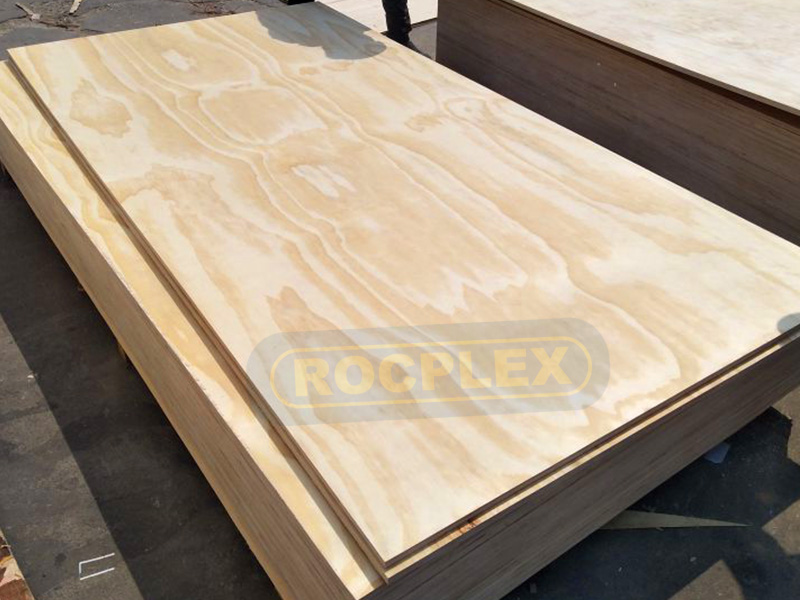
The Future of CDX Plywood in the Building Industry
Predictions and Innovations
The future of CDX plywood in the building industry looks promising. Innovations in manufacturing processes, adhesive technologies, and sustainable practices are expected to enhance its performance and environmental footprint. The continued focus on eco-friendly and efficient building materials will likely keep non structural plywood at the forefront of construction choices.
Adapting to Changing Market Needs
As the building industry evolves, pine plywood manufacturers are adapting to meet changing market needs. This includes the development of products with improved moisture resistance, lighter weight, and greater sustainability. Embracing these changes ensures that CD plywood remains a relevant and preferred material in an increasingly competitive and environmentally conscious market.
Conclusion: Embracing the Versatility and Potential of CDX Plywood
Embracing the versatility and potential of CDX plywood reveals its significant role in the building industry. From construction projects to creative DIY endeavors, this material continues to offer a unique combination of strength, adaptability, and cost-effectiveness. Its ongoing innovations and sustainable practices further solidify its position as a key player in the future of building materials.
FAQs About CDX Plywood
What does CDX mean for plywood?
CDX refers to the grade of plywood, with “C” and “D” indicating the quality of the front and back veneers, and “X” signifying its exposure capability to moisture.
Which is better, CDX or OSB?
Both have their advantages, but CDX is often preferred for its superior moisture resistance and ability to hold nails and screws more effectively.
How waterproof is CDX plywood?
CDX plywood is moisture-resistant, not waterproof. It can withstand temporary exposure to moisture, but prolonged exposure can lead to damage.
What are the benefits of CDX plywood?
The benefits include strength, durability, moisture resistance, affordability, and versatility in various applications.
What are the 5 grades of plywood?
Plywood grades range from A (highest quality) to D (lowest quality), with each grade reflecting the quality of the wood’s appearance and surface. There is also an “X” grade indicating exposure capability.
Post time: Jan-09-2024
